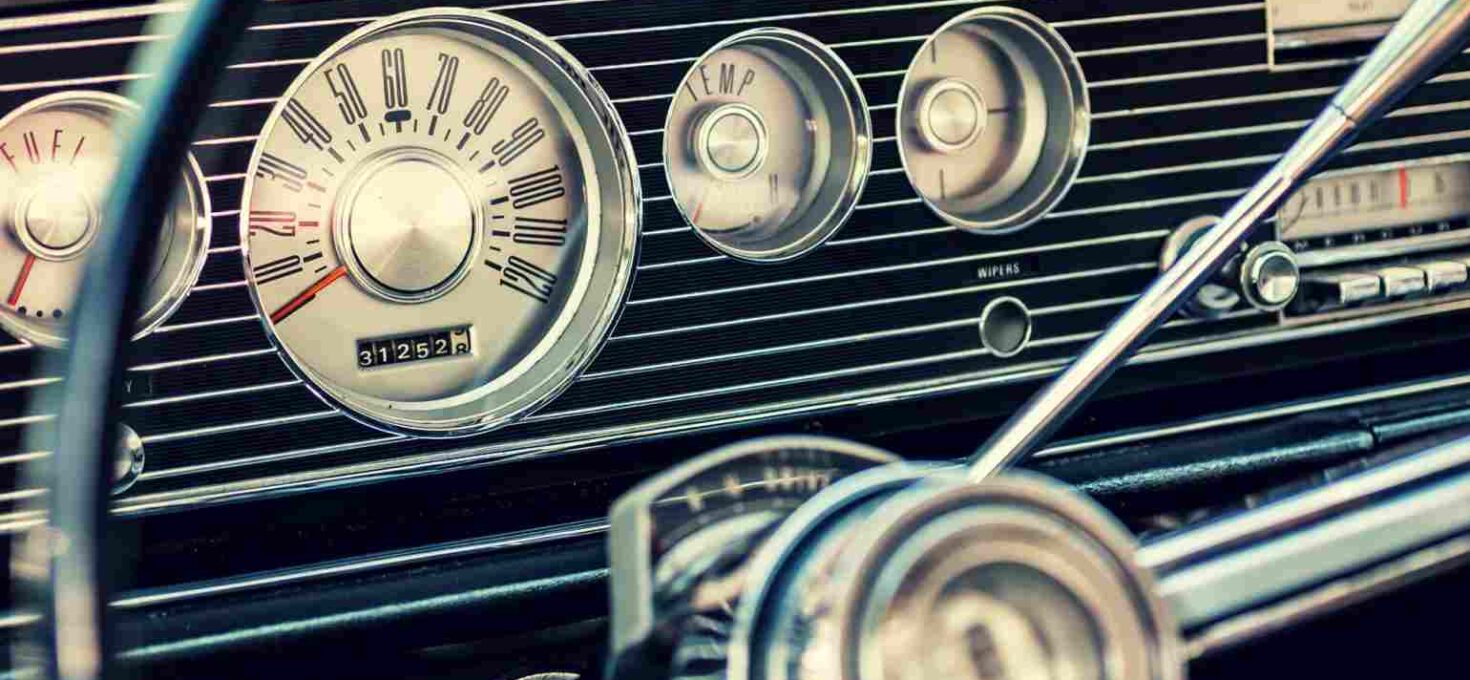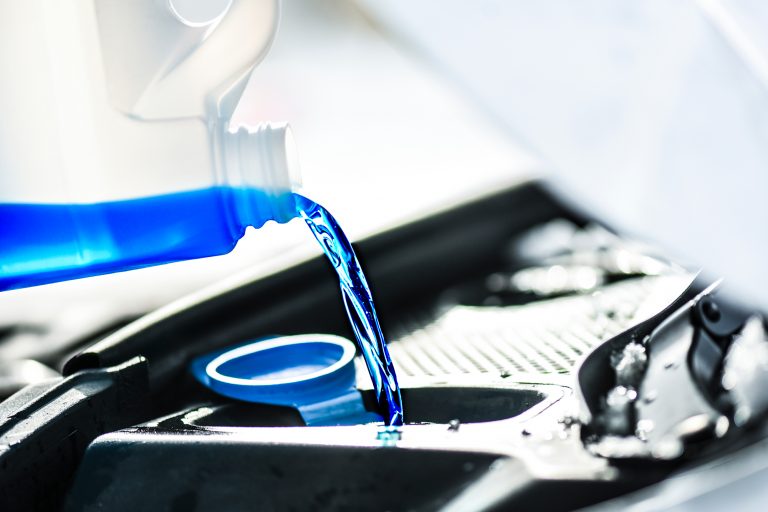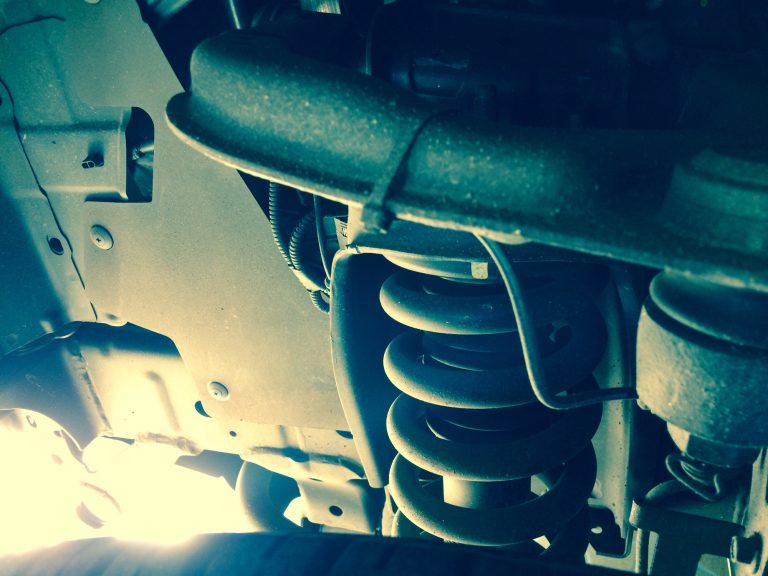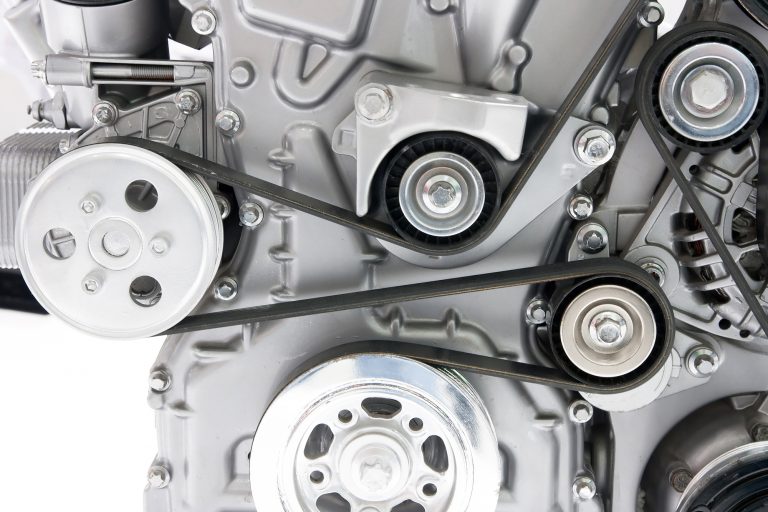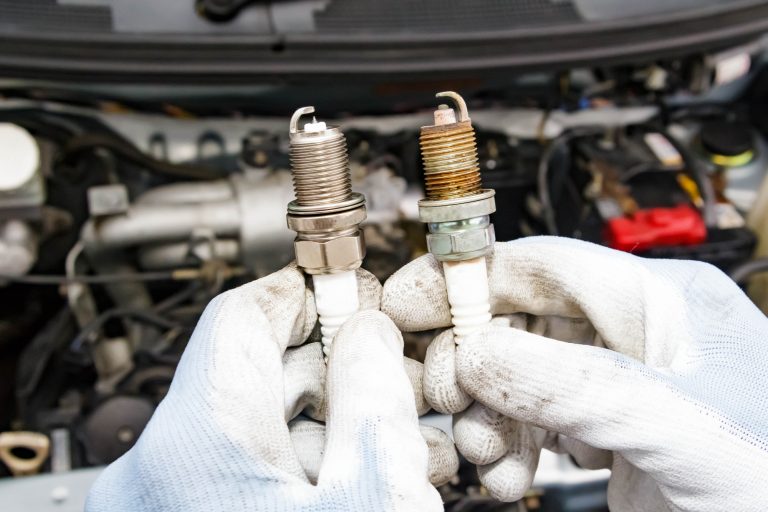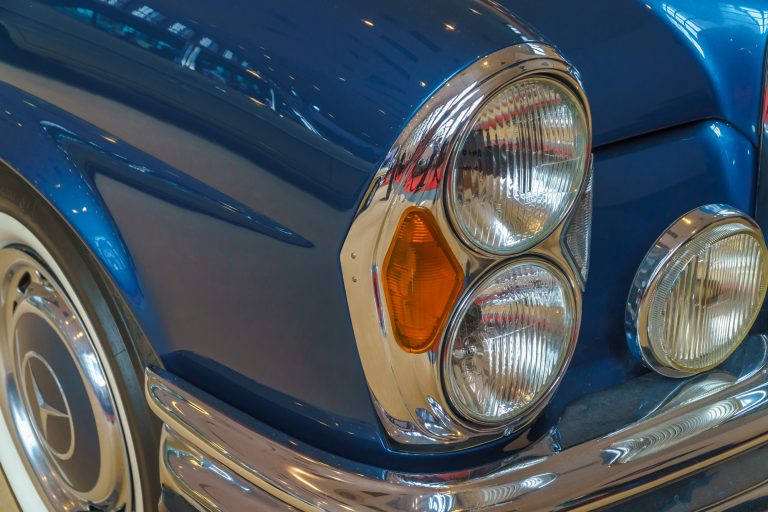When the odometer reads more than 130, 000 km, your car goes into the old/ used category even though you might not want to believe it. If the car is handed down to someone in the family, that’s also a sign that it’s an oldie. But the sentimental value is undebatable and that’s why you need to care even more for your old friend. Sometimes, they can’t tell you what they’re going through. However, regular follow-ups can help track the issues and keep the car running smoothly.
Here’s a Classic Car checklist that will assist you.
The Fluid Factor
Essentially, it’s the fluids running your car because the life of your engine highly depends on them. So regularly changing fluids is something your car undoubtedly needs. While you’re at it, the fluids will reveal their health through their colors. The transmission fluid should be clear, and the brake fluid should have a yellowish tint. But there’s an exception with the coolant – no matter what the color is, it should be examined and changed. Also, postponing the change of engine oil and oil filters means you’re skating on thin ice.
The Suspense of suspension
You don’t want your suspension to give you unpleasant surprises. It’s recommended that you get your wheel alignment checked every two years since that’s what causes suspension wear and tear. If you’ve done a lot of full-throttling or hard braking, it’s possible that the suspension isn’t looking very good. Always make sure that you aren’t riding over-inflated tires as the suspension and steering components get deteriorated.
No Belting down
The easiest thing to overlook usually comes back as the bigger problem. That’s the belts in your car. The user’s manual that you definitely can’t find now had the number of miles after which you should’ve replaced your serpentine and timing belts. Now you can either look it up on the internet or get an expert’s opinion. Have them eye the belts and suggest if they need to be changed. But what’s the deal with these belts? These belts are the ones running your engine smoothly, so if they’re wearing out you’re actually taking a leap in the dark with your car. Avoid expensive repair in the future by timely replacing the belts.
Plug Unplug
Since your car has taken you places for a long time, your car’s spark plugs could have lost their spark. Now, either they are worn out or covered in the build-up. There’s one sign they will give you if they need care – your car is consuming too much fuel. And if the spark plugs aren’t checked, they can also cause a breakdown, resulting in repairs that will burn a hole in your pocket. You’ll feel even worse later knowing that actually checking and replacing spark plugs isn’t that difficult. So, if you still have time, go get a check on that spark!
Body Building
While you’re checking all the insides of the old car, you definitely want the outsides to look good as well. A frequent wash-and-wax job for your old car can prevent any rusting which actually affects its functioning as well. Catching spills quickly and regular vacuuming of the interior is something every car wants. Also, changing the cabin air filters will help get rid of any smell. We all know how much it hurts when there’s a car dent, but a little repair can fix that and make it look just as good as new.
Just like any old friend, your car needs you to check up on it regularly. These are only the first level of car maintenance tips. If your old car is giving you trouble, don’t just blame it on the age. Rather, you have to go for restoration. It could be something minor that an expert can spot. So, having a helpful hand around can really save your car. If you’re looking for experts around you, Carcility can get you in touch with the nearest ones. The best part? They will definitely value your sentiments and give your car the best it needs.
The post Checklist To Keep Your Old Car Running (Classic Car Inspection) appeared first on Carcility.
